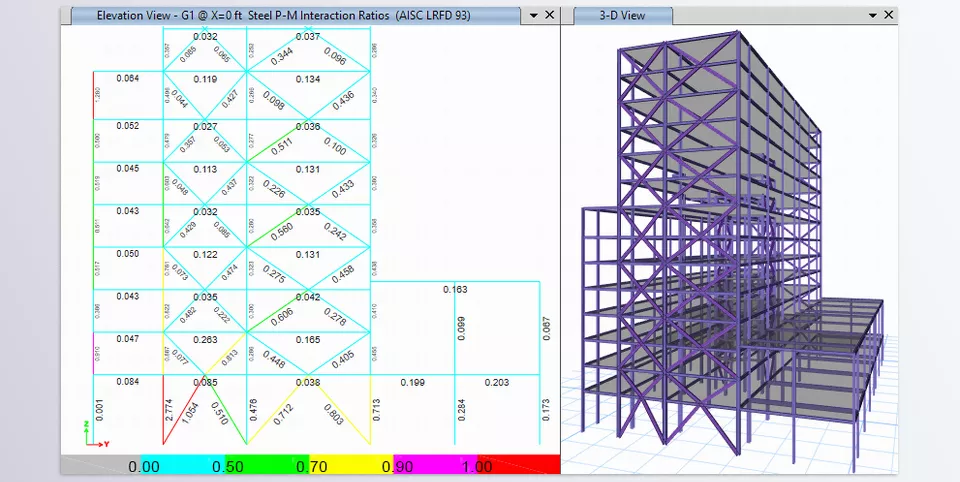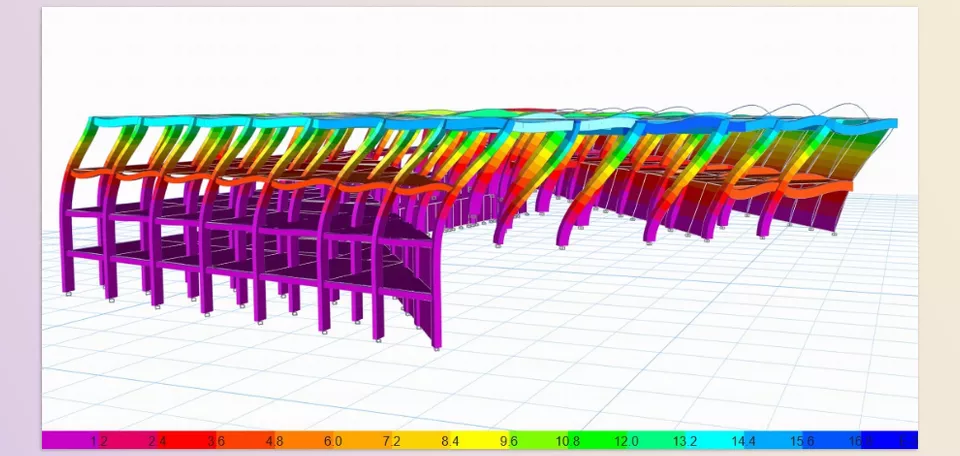ETABS is a most fulfilling structural evaluation and layout software tailored for building systems. Known for its precision and ease of use, it integrates advanced 3-D modeling, analysis, and design gear. It supports engineers and designers in creating secure, green, and code-compliant multi-story structures.
CSI – ETABS Features
- Customizable User Interface
- Fully customizable graphical user interface for modeling, analysis, design, and reporting.
- Unlimited model home windows, manipulation perspectives, and statistics perspectives.
- Modeling Capabilities
- Extensive templates for brief model technology, permitting the definition of grid spacing, testimonies, structural machine sections, and cargo assignments.
- Comprehensive Building Component Design
- Built-in library of standard concrete, metallic, and composite sections for US and worldwide standards.
- The section Designer is responsible for custom move-phase modeling and analysis.
- Auto Lateral Loading
- Automatic generation and alertness of seismic and wind loads based on home and international codes.
- Advanced Analysis Tools
- Powered by using SAPFire® Analysis Engine with sixty-four-bit solvers for optimized overall performance.
- Supports Eigen and Ritz evaluation with parallel processing competencies.
- Performance-Based Design
- Automates performance-primarily based layout (PBD) for earthquake engineering to ensure reliable structural overall performance.
- Interactive Design Features
- Interactive design for metal, concrete, and composite systems based on more than one international design code.
- Comprehensive Output and Reporting
- Straightforward get entry to analysis and layout effects for shows and mission submittals.
- Import and Export Support
- Seamless compatibility with Autodesk Revit, Tekla Structures, AutoCAD (DXF/DWG), BricsCAD, CIS/2, IFC, IGES, SDNF, and more.
- Supports exporting to Microsoft Access databases and uploading documents from STAAD and STRUDL.
ETABS Documentation
Preview CSI ETABS Software
Image 1: Utilize Interactive Design Capabilities to Maximize Efficiency.

Image 2: Options for parallelization enable the use of multiple processors to enhance performance.




